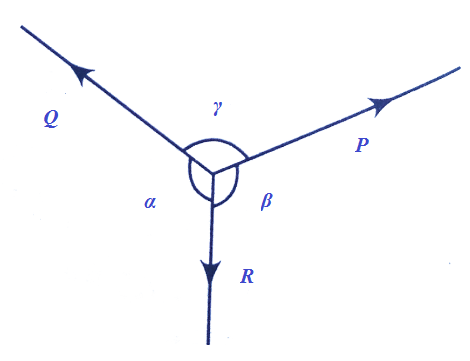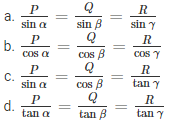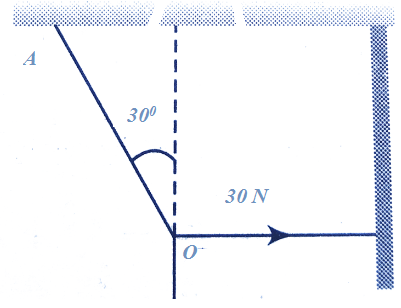NEET Physics is the scoring paper in the medical entrance examination. Here, you will discover the NEET Physics MCQ Questions for all Concepts as per the latest syllabus. Practice more on a regular basis with these NEET Physics objective questions on air pollution and improve your subject knowledge & problem-solving skills along with time management. NEET Physics Logic Gates Multiple Choice Questions make you feel confident in answering the question in the exam & increases your scores to high.
MCQs on Logic Gates
1. An inverter gates can be developed using
(a) Two diodes
(b) Resistance and capacitance
(c) Transistor
(d) Inductance and capacitance
Answer
Answer: (c) Transistor
2. The output of the two-input OR gate is high
(a) Only if both inputs are high
(b) Only if both inputs are low
(c) Only if one input is high and the other is low
(d) If at least one of the inputs is low
Answer
Answer: (d) If at least one of the inputs is low
3. The output of a two-input AND gate is high
(a) Only if both the inputs are high
(b) Only if both the inputs are low
(c) Only if one input is high and the other is low
(d) If at least one input is low
Answer
Answer: (a) Only if both the inputs are high
4. NAND gate means
(a) Inversion followed by AND gates
(b) AND gates followed by an inverter
(c) AND gate followed by OR gate
(d) None of these
Answer
Answer: (b) AND gates followed by an inverter
5. The output of the two-input NAND gate is high
(a) Only if both the inputs are high
(b) Only if both the inputs are low
(c) Only if one input is high and the other is low
(d) If at least one input is low
Answer
Answer: (d) If at least one input is low
6. A NOT gate means
(a) Inversion followed by an OR gate
(b) OR gate followed by an inverter
(c) NOT gate followed by an OR gate
(d) NAND gate followed by an OR gate
Answer
Answer: (b) OR gate followed by an inverter
7. The output of two-input NOR gate is high
(a) Only if both the inputs are high
(b) Only if both the inputs are low
(c) Only if one input is high and the other is low
(d) If at least one input is high
Answer
Answer: (b) Only if both the inputs are low
8. An exclusive NOR gate is logically equal to
(a) Inverter followed by an XOR gate
(b) NOT gate followed by an exclusive XOR gate
(c) Exclusive OR gate followed by an inverter
(d) The complement of a NOR gate
Answer
Answer: (c) Exclusive OR gate followed by an inverter
9. The gate ideally suited for bit comparison is a
(a) Two input exclusive NOR gate
(b) Two input exclusive OR gate
(c) Two input NAND gate
(d) Two input NOR gate
Answer
Answer: (a) Two input exclusive NOR gate
10. Two input exclusive NOR gate gives high output
(a) When one input is high and the other is low
(b) Only when both the inputs are low
(c) When both the inputs are the same
(d) Only when both the inputs are high
Answer
Answer: (c) When both the inputs are the same









